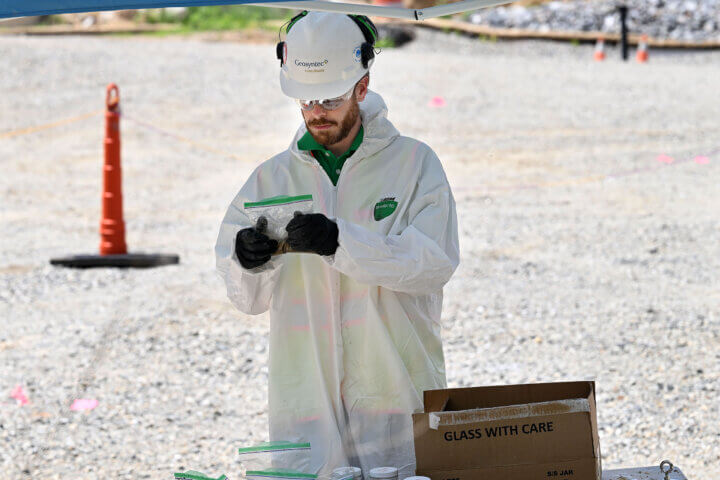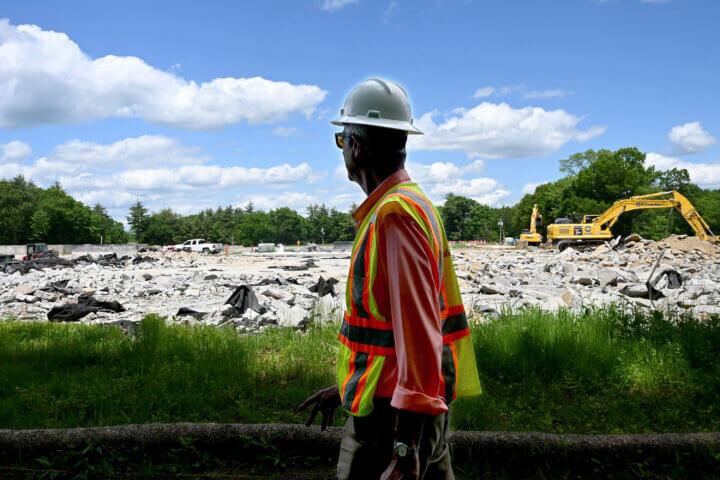By Diane Hannon
Friends of Warner’s Pond
How did Gerow Park come to be?
In 2018, a vote passed at Town Meeting to purchase seven acres of land along Warner’s Pond’s northern shoreline, now known as Gerow Park for the family that sold the land, and there was a resurgence of interest in restoring the pond. As in 2008 when it was time to rebuild the dam, ten years later, in 2018, town officials and community members worked together to design, engineer, and start to build a beautiful park beside Warner’s Pond. It was to include a beach, a boat ramp, a boardwalk, a place for picnics, restrooms and a walking trail. So far what has been built is an outdoor pavilion with a roof frame and cement floor, restrooms with water and electricity, a parking lot, and a trail overlooking the shoreline which leads to two crescent-shaped sitting areas with stone benches for enjoying the pond and its wildlife. As previously determined, water management actions would be crucial to ensuring the future of the pond, so funds were set aside for dredging and improving Warner’s Pond.
How will dredging help the pond?
Dredging the pond’s bottom would remove the large amount of sediment that built up over the last couple of hundred years, and according to the 2012 Warner’s Pond Watershed Management Plan, the positive effects of dredging are projected to last for another hundred years or longer, based on sediment load calculations at the time.
Has the town explored dredging?
Yes. Since 2018, when funds were approved to buy the Gerow property, the town has done much of the preliminary work required for dredging, including acquiring the necessary state and federal permits and paying for a Warner’s Pond Dredging Feasibility Study.
In 2022, the town solicited commercial bids to dredge the pond. They received only one bid for the work. The sole bidder estimated the dredging cost to be $9 million. The high price of this quote was largely due to the transportation costs of the sediment that would be removed from the pond. However, carting away all the sediment may not be necessary, as it possibly could be relocated to other areas around the pond. Attempts to reduce the high cost of transporting dredge material were not made and other disposal or reuse alternatives were not explored. This is when the Natural Resources Commission (NRC) first named dam removal as the preferred option for taking care of the sediment and invasive plants in the pond. Rather than wait for dredging prices to drop in a post-Covid world, or creatively adjust the project to meet the budget, the NRC made the shift to support removing the dam and the pond forever.
In early 2023, the NRC shared a modified plan to dredge a smaller segment of the pond, but it did not pursue any additional bids for this plan or investigate it further. Instead, the focus has remained exclusively on dam removal.
Could dredging still be a reasonable option?
Yes. A lot has changed since the first bid was received. Costs are different, and the economy is different. Reopening the project for bidding, modifying the dredge project plans, and soliciting multiple bidders could give the town more competitive quotes and a more accurate view of the cost of dredging in today’s market conditions.





